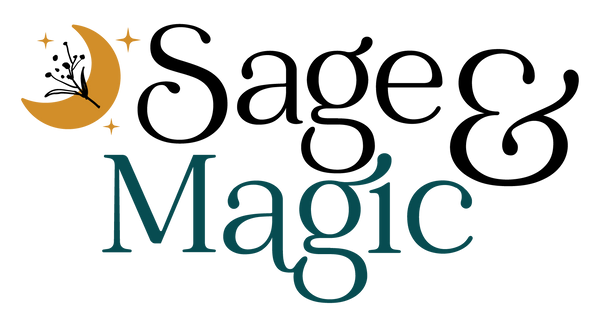
Unveiling Halloween: From Ancient Rituals to Modern Merriment
Share
Halloween, or All Hallows' Eve, is steeped in the rich tapestry of ancient and modern traditions, tracing its origins back to the Celtic festival of Samhain. During Samhain, which marked the end of the harvest and the onset of winter, the Celts believed that the barriers between the physical and spiritual worlds weakened, allowing a unique interaction between humans and otherworldly spirits. Celebrated on October 31st, this liminal time was seen as a profound transition—a bridge to the realm of the dead, filled with both reverence and foreboding.
This ancient festival involved a number of rituals aimed at protecting individuals from wandering spirits, including lighting bonfires, which were thought to mimic the sun and hold back the darkness of winter, and offering food and drink to appease the roaming entities. The practice of wearing costumes, or guising, during this time also emerged as a way for participants to disguise themselves from spirits, a tradition that evolved into the modern practice of dressing up for Halloween.
As centuries passed, Halloween transitioned from these somber, protective rites to more lighthearted celebrations featuring costumes, games, and the playful tradition of trick-or-treating. This transformation was significantly shaped by Christian influences, particularly with the establishment of All Saints' Day and All Souls' Day, times dedicated to honoring the deceased. The medieval practice of mumming, which involved people donning costumes and performing short plays in exchange for food and drink, also contributed to the Halloween customs we recognize today.
In modern times, Halloween has exploded into a celebration of community and creativity, widely observed with parades, costume parties, and the enthusiastic decoration of public and private spaces. Children and adults alike dress up in a variety of costumes, from the spooky to the whimsical, going door-to-door to collect candy—a nod to the ancient practices of warding off spirits with sweet treats.
Additionally, many of the superstitions and activities associated with Halloween, such as carving pumpkins into jack-o'-lanterns, pulling pranks, and telling ghost stories, are adaptations of these ancient customs that have been modified over the years by local cultures and the spread of global influences. Today, Halloween stands as a testament to human ingenuity in the face of the mysterious and macabre, embodying a unique blend of the old and the new, celebrating both the thrill of fright and the joy of community.
Halloween continues to captivate the imagination with its blend of ancient rituals and contemporary festivities, serving as a powerful reminder of the past's influence on present celebrations and the perennial human fascination with the thin line between the living and the dead.
